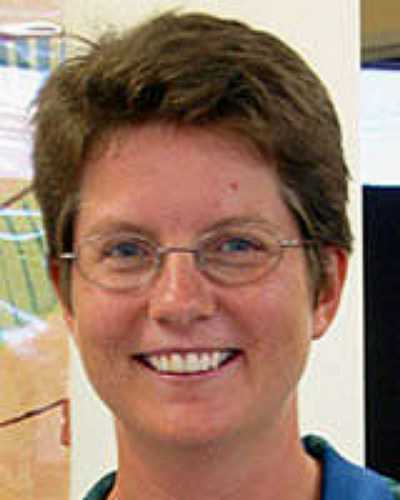Now published, see the full article 
Early Abstract:
Introduction: Delivering health services and improving health outcomes of the 1.3 million people residing in northern Australia, a region spanning three million square kilometres across the three jurisdictions of Western Australia, Northern Territory and Queensland, presents specific challenges. This review addresses a need for systems level analysis of the issues influencing the coverage, quality and responsiveness of health services across this region by examining the available published literature and identifying key policy-relevant gaps.
Methods: A scoping review design was adopted with searches incorporating both peer-reviewed and grey literature (e.g. strategy documents, annual reports and budgets). Grey literature was predominantly sourced from websites of key organisations in the three northern jurisdictions, with peer-reviewed literature sourced from electronic database searches and reference lists. Key articles and documents were also contributed by health sector experts. Findings were synthesised and reported narratively using the WHO health system “building blocks” to categorise the data.
Results: From the total of 324 documents and data sources included in the review following screening and eligibility assessment, 197 were peer-reviewed journal articles and 127 were grey literature. Numerous health sector actors across the north – comprising planning bodies, universities and training organisations, peak bodies, and providers – deliver primary, secondary and tertiary health care and workforce education and training in highly diverse contexts of care. Despite many exemplar health service and workforce models in the north, this synthesis describes a highly fragmented sector with multiple, disjointed stakeholders and funding sources. While the many strengths of the northern health system include expertise in training and supporting a fit-for-purpose health workforce, health systems in the north are struggling to meet the health needs of highly distributed populations with poorly targeted resources and ill-suited funding models. Ageing of the population and rising rates of chronic disease and mental health issues, underpinned by complex social, cultural and environmental determinants of health, continue to compound these challenges.
Conclusions: Policy goals about developing northern Australia economically need to build from a foundation of a healthy and productive population. Improving health outcomes in the north requires political commitment, local leadership and targeted investment to improve health service delivery, workforce stability and evidence-based strengthening of community-led comprehensive primary health care. This requires intersectoral collaboration across multiple organisations and the three jurisdictions, drawing from previous collaborative experiences. Further evaluative research, linking structure to process and outcomes, and responding to changes in the healthcare landscape such as the rapid emergence of digital technologies, is needed across a range of policy areas to support these efforts.







